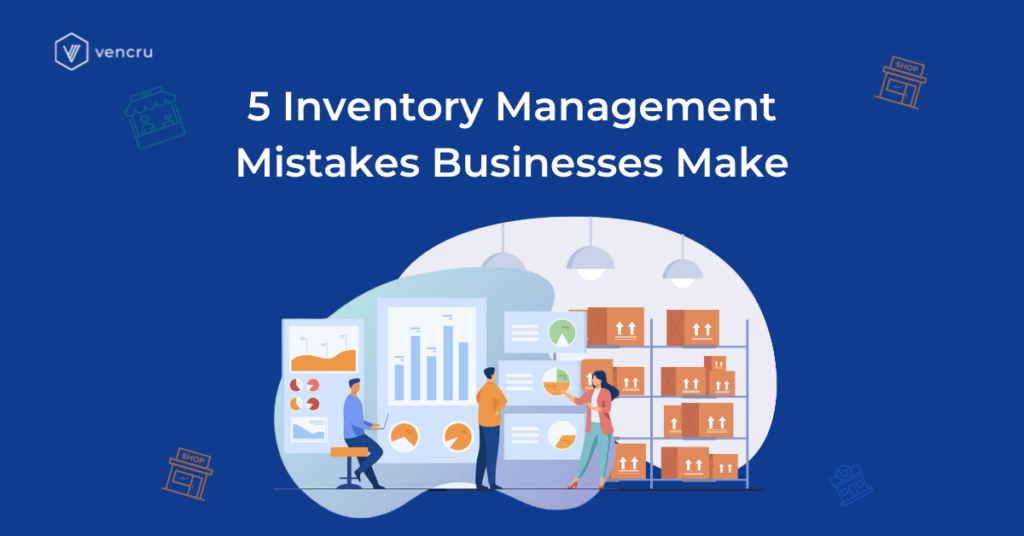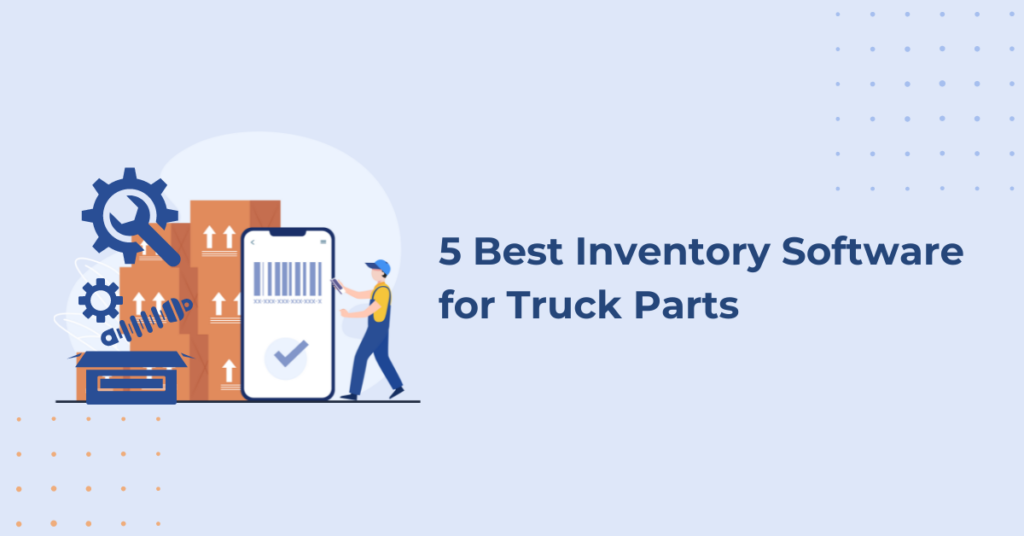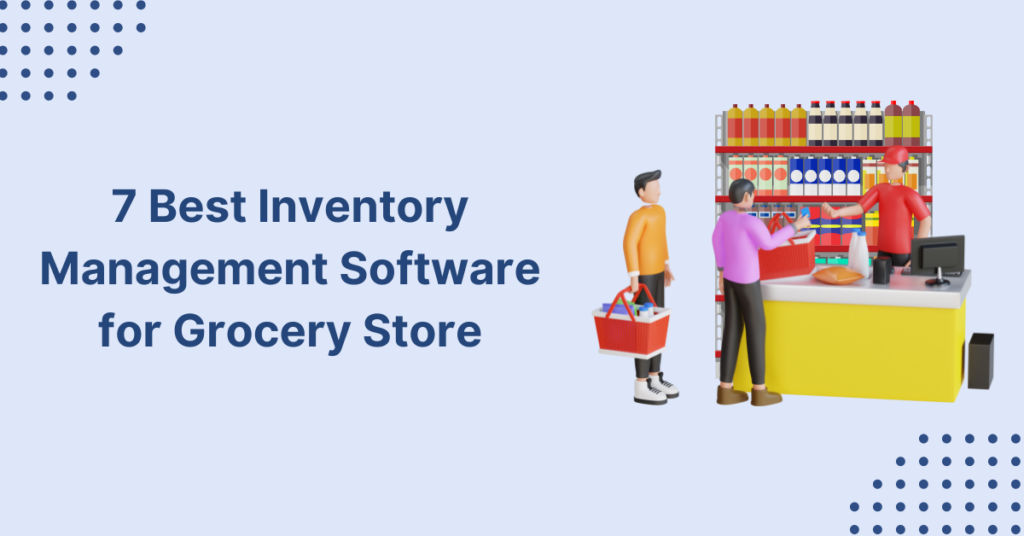5 Inventory Management Mistakes Businesses Make

Effective inventory management is a critical component of any successful business. It directly impacts your ability to meet customer demand, control costs, and maximize profitability. Yet, many businesses fall into common pitfalls that lead to inefficiencies, increased expenses, and customer dissatisfaction. Using advanced tools, such as Vencru’s inventory management system, can help you avoid inventory […]
Invoicing Best Practices for Construction Projects

Proper invoicing is crucial for the success of any construction project. However, in the hustle of deadlines and the complexities of the construction site, invoicing can often be overlooked or mismanaged, leading to delays, disputes, and ultimately, financial strain. This blog post will cover the best practices for invoicing in construction projects, helping construction business […]
5 Common Invoicing Mistakes to Avoid

Invoicing can be a major headache for many small business owners. According to the Export and Import Bank of the United States, 60% of invoices are paid late which affects cash flow and business operations. Accurate and timely invoicing is crucial for maintaining a healthy business. In this post, we’ll cover five common invoicing mistakes […]
5 Best Inventory Software for Truck Parts

Managing inventory for truck parts can be a complex and demanding task. With thousands of components to track, from small nuts and bolts to large engine parts, businesses need a reliable and efficient system to keep everything in order. Specialized inventory software simplifies this process by automating stock management, reducing errors, and ensuring parts availability. […]
7 Best Inventory Management Software for Pharmacy

Running a pharmacy requires efficient inventory management to ensure seamless operations, meet customer demands, and maximize profitability. With the right inventory management software, pharmacies can streamline processes, optimize stock levels, and enhance efficiency. In this article, we’ll delve into the importance of inventory management software for pharmacies and explore the top solutions available to address […]
7 Best Inventory Management Software for Grocery Store

Maintaining inventory freshness in a grocery store requires efficient inventory management. Inventory tracking software helps grocery stores to maintain freshness, optimize stock levels, and provide exceptional customer service. With the right software solution, grocery store owners can streamline operations, track inventory accurately, and ensure shelves are always stocked with the essentials. In this article, we’ll […]
Invoicing 101: A Complete Guide for Businesses of All Sizes

In today’s fast-paced business environment, efficient invoicing practices are no longer a luxury – they are a necessity. Whether you’re a solopreneur or a large corporation, clear, timely, and professional invoices are essential for ensuring you get paid promptly and keep your cash flow healthy. This comprehensive guide explores invoicing best practices for businesses of […]
8 Best Clothing Store Inventory Software

Inventory management is the backbone of any successful clothing store. With the right software, you can streamline operations, track inventory levels accurately, and provide an exceptional shopping experience for your customers. In this article, we’ll explore the top 8 clothing store inventory tracking software solutions tailored to meet the unique needs of retailers in the […]
Chart of Accounts for Transportation and Logistics Business

The transportation and logistics industry is a powerhouse, keeping the world’s goods moving efficiently. But behind the scenes, managing the financial health of your transportation business can feel like navigating a winding road without a map. Here’s where a well-defined chart of accounts for transportation and logistics (car rental, trucking, etc.) comes in – your […]
5 Best B2B Order Management Software

Wholesale businesses regularly process large quantities of goods, making tracking orders manually overwhelming. B2B (Business-to-Business) order management software serves as the backbone of operations, streamlining processes and ensuring seamless transactions and order tracking. Whether you’re overseeing a small business or managing a large enterprise, finding the right software solution is crucial to staying competitive in […]


